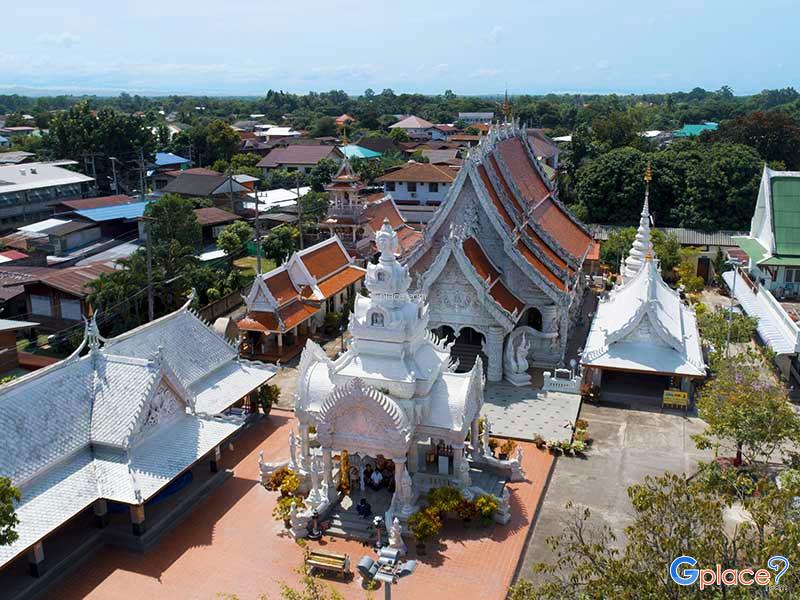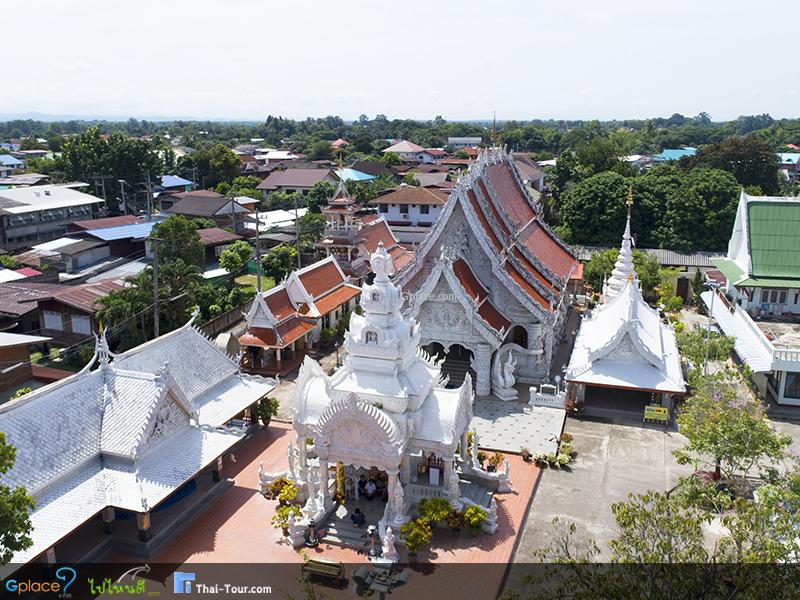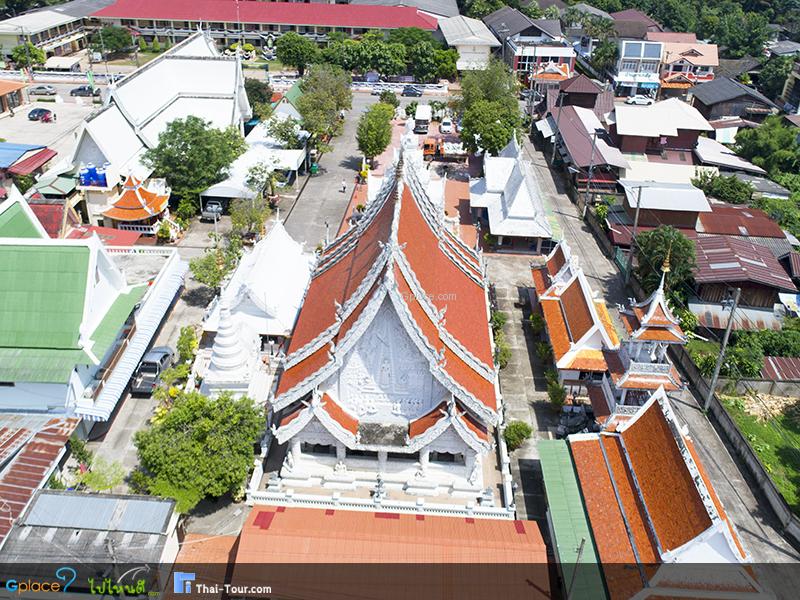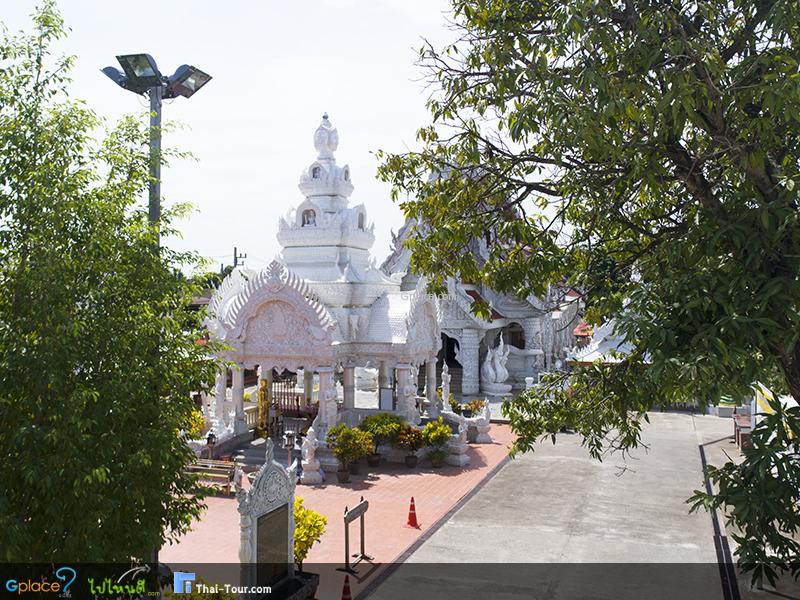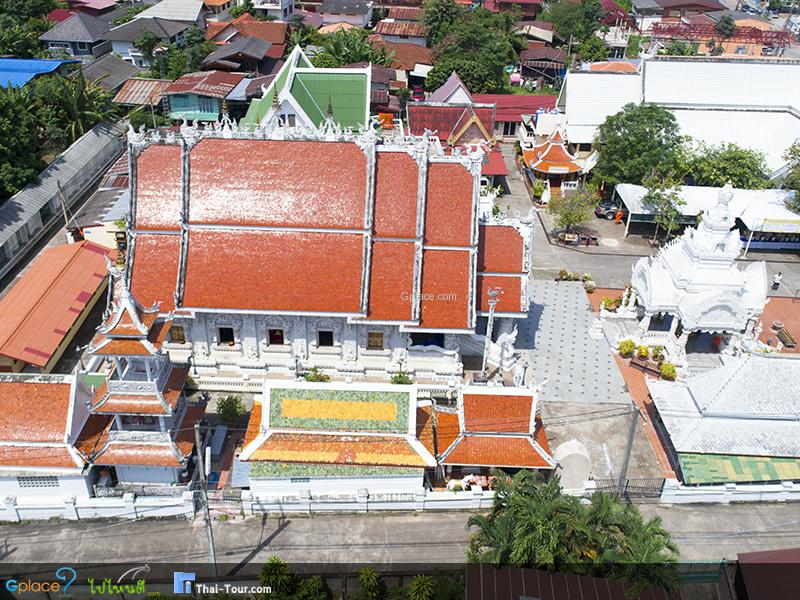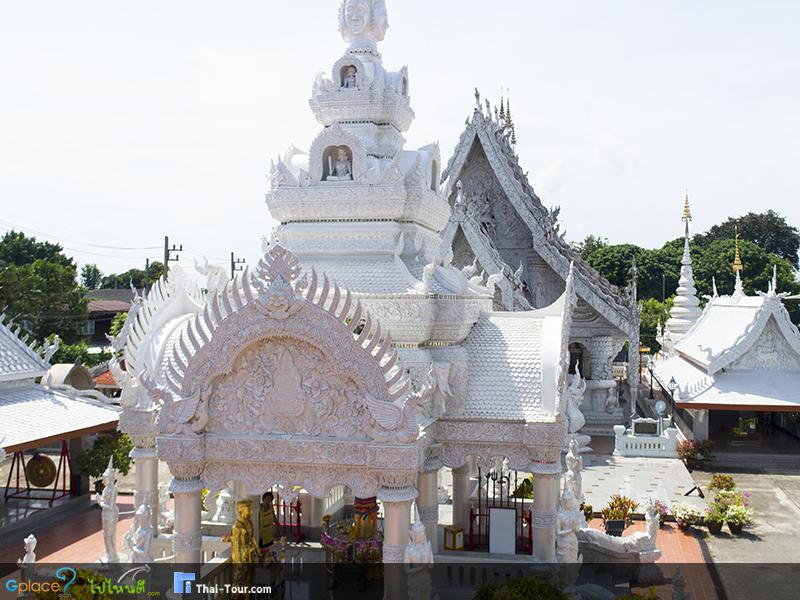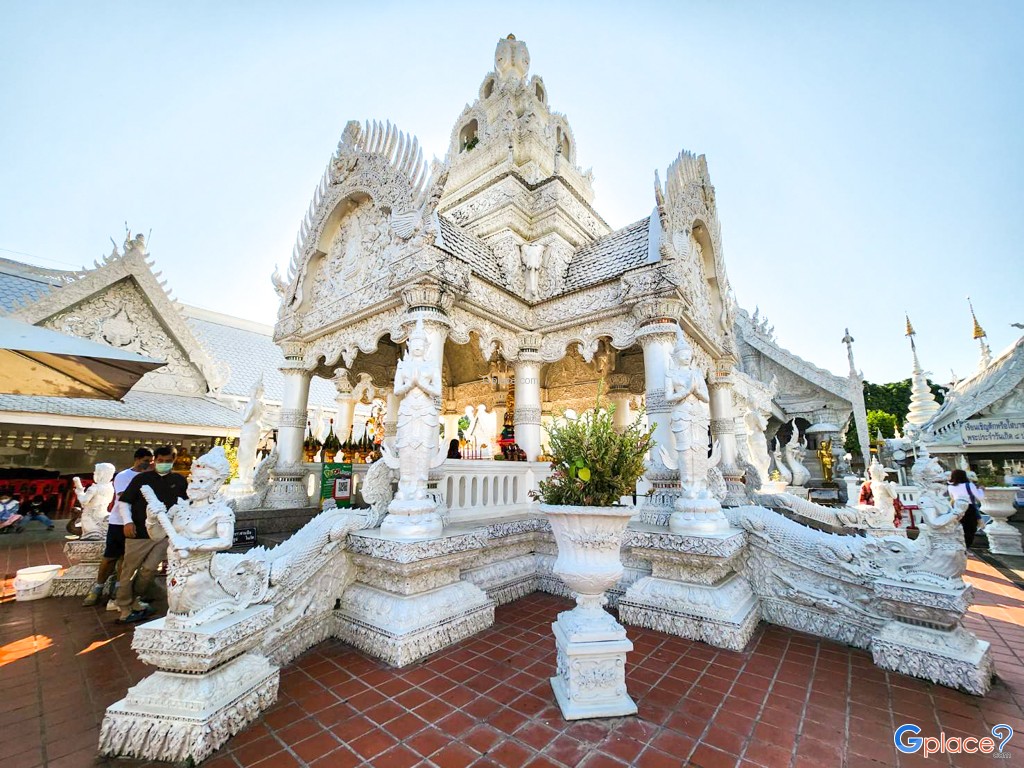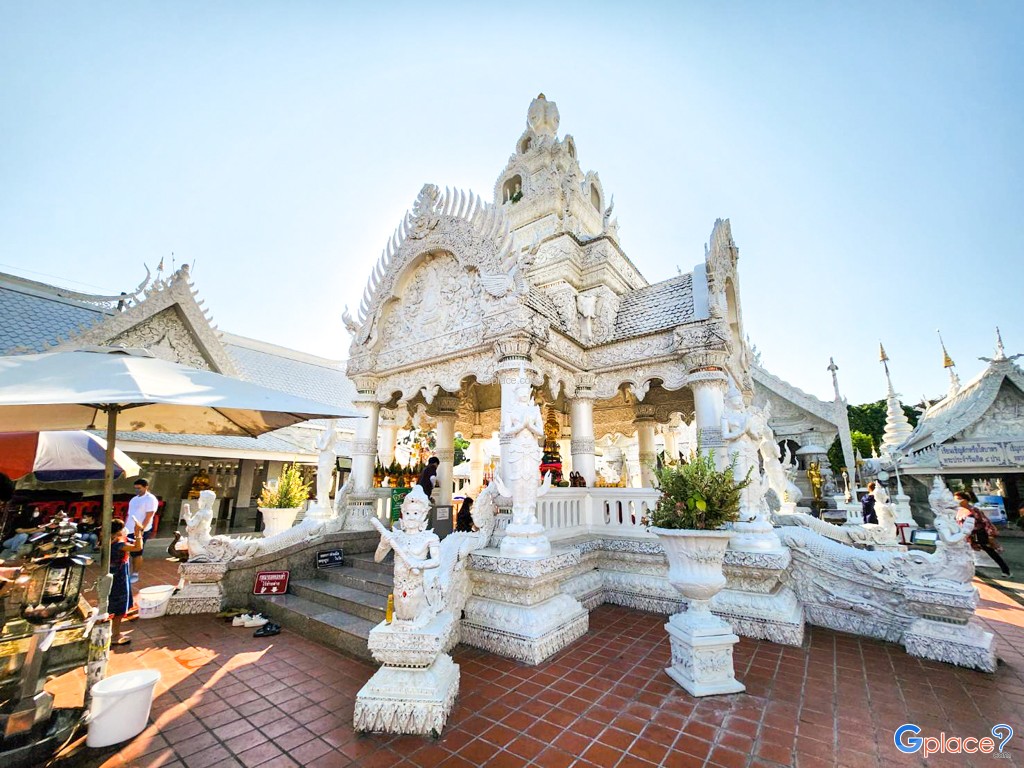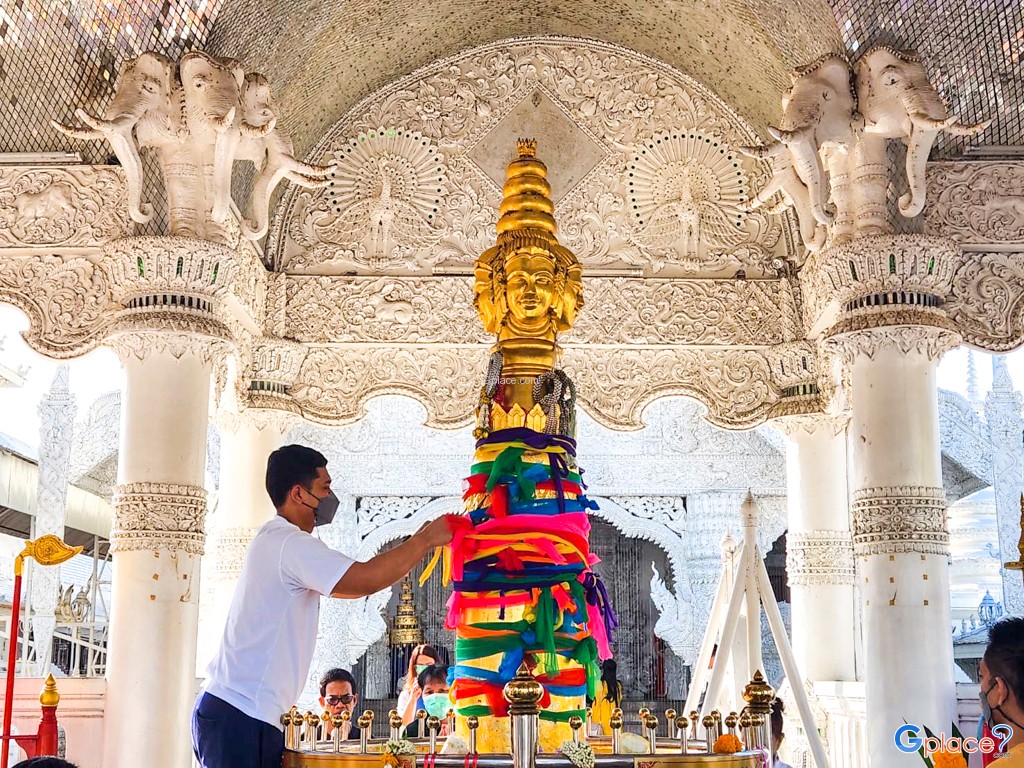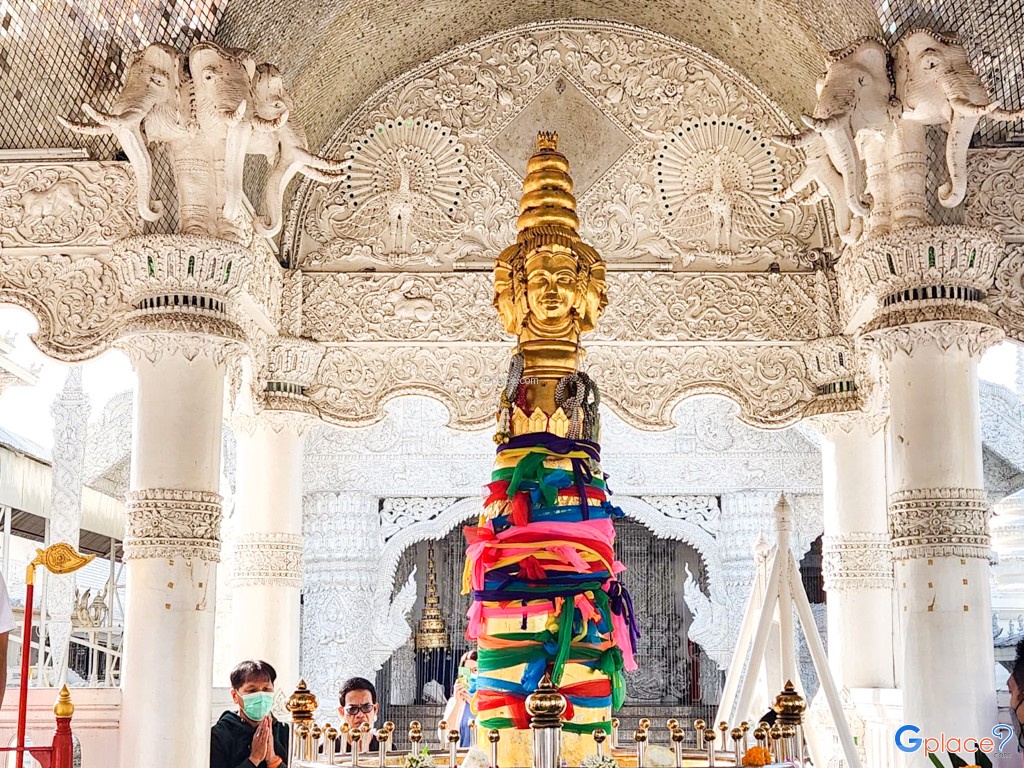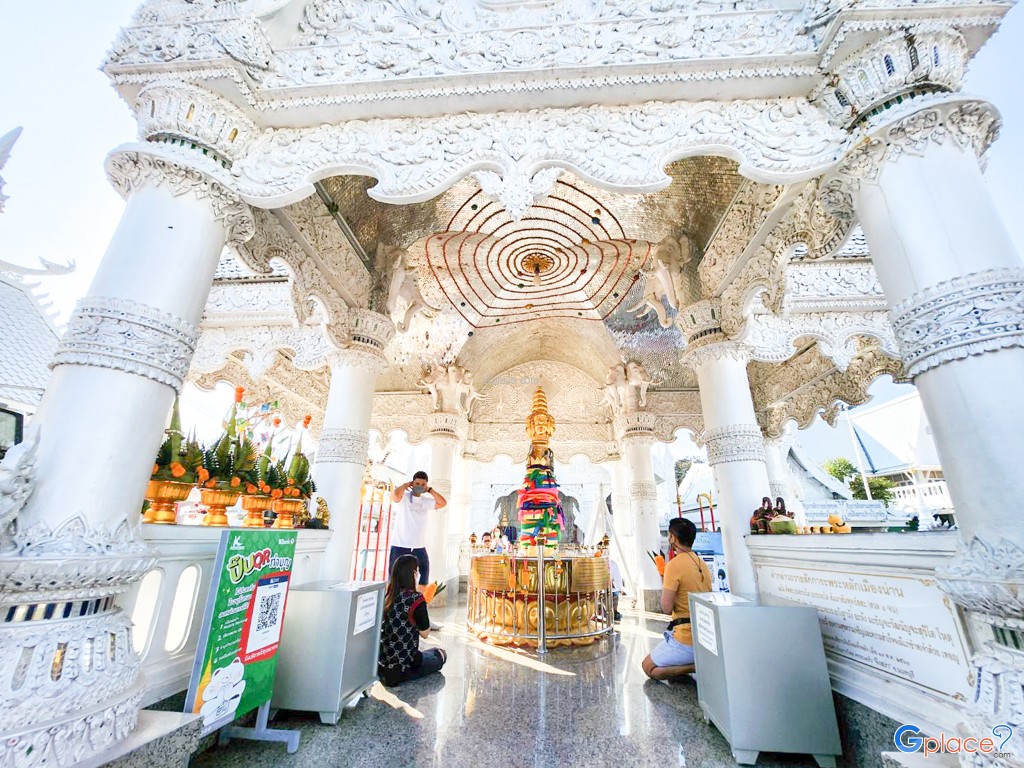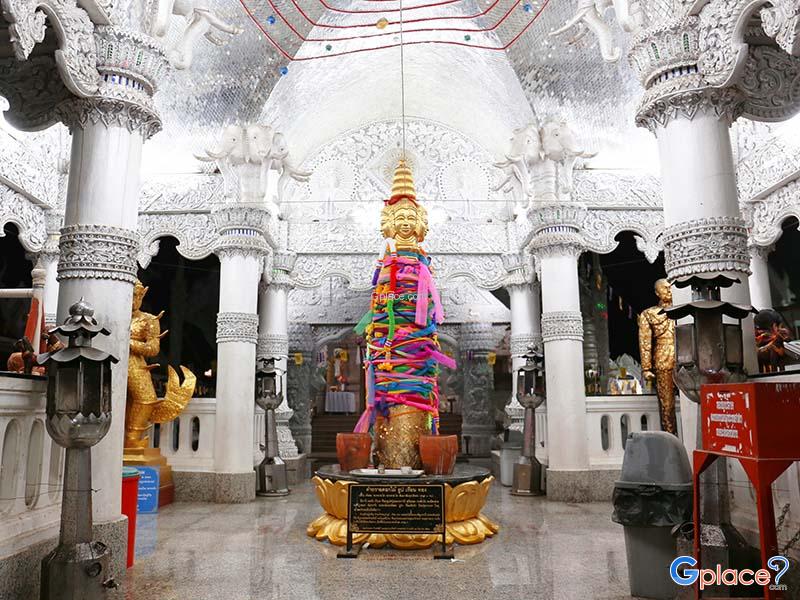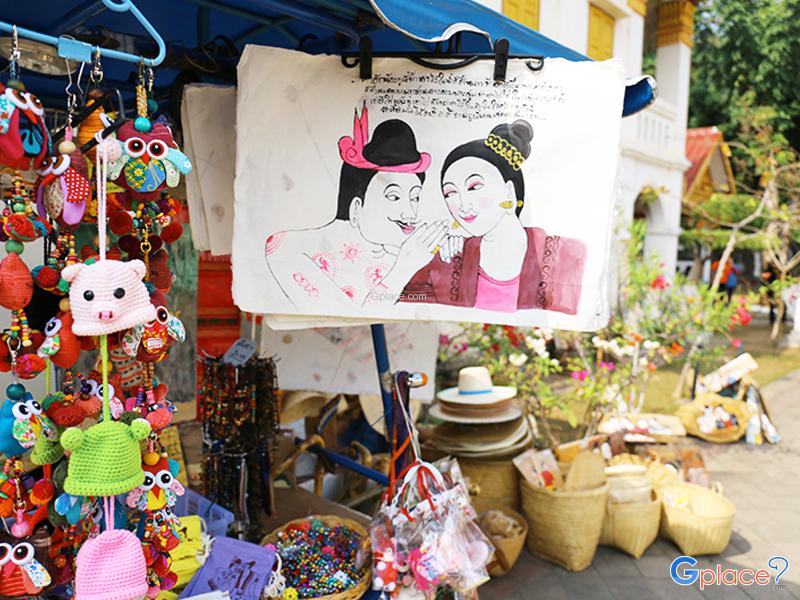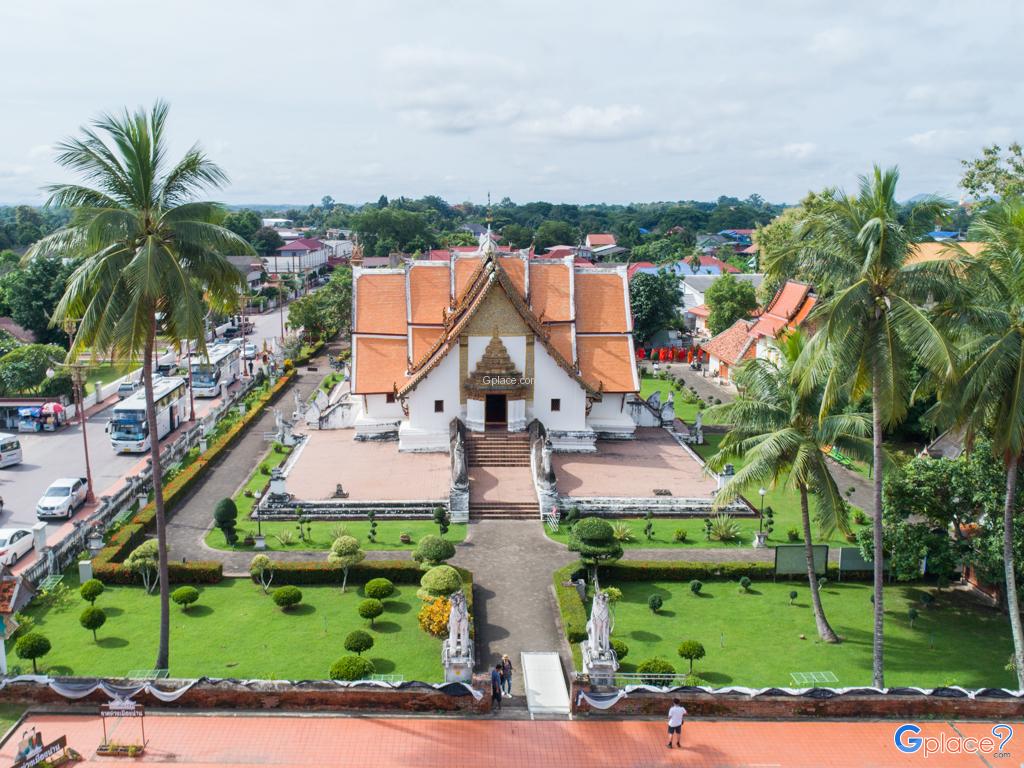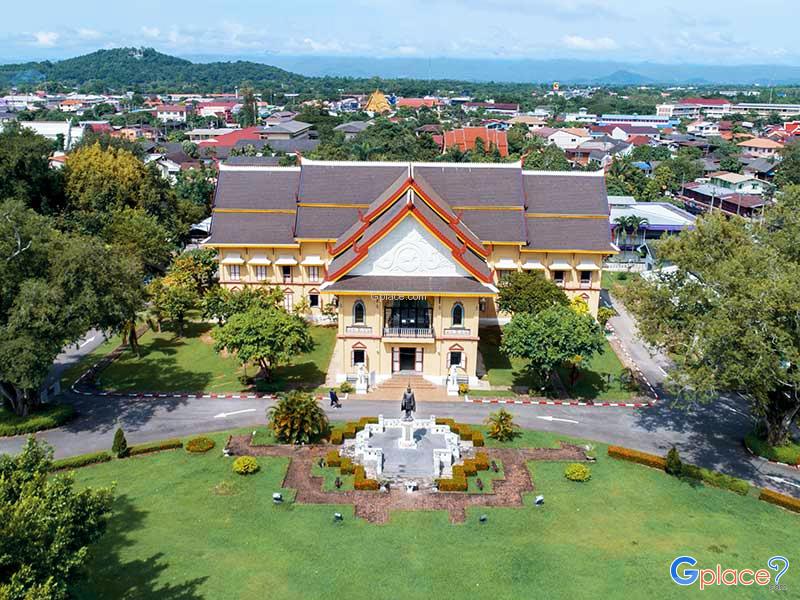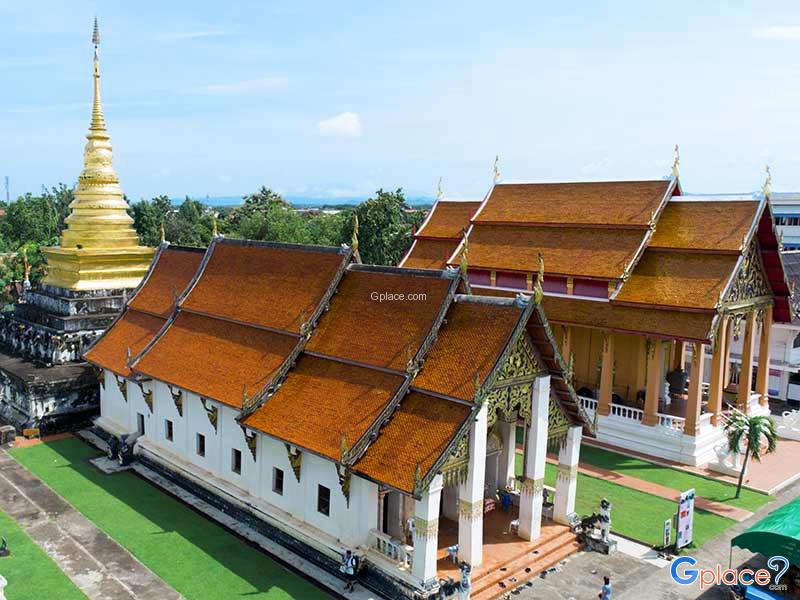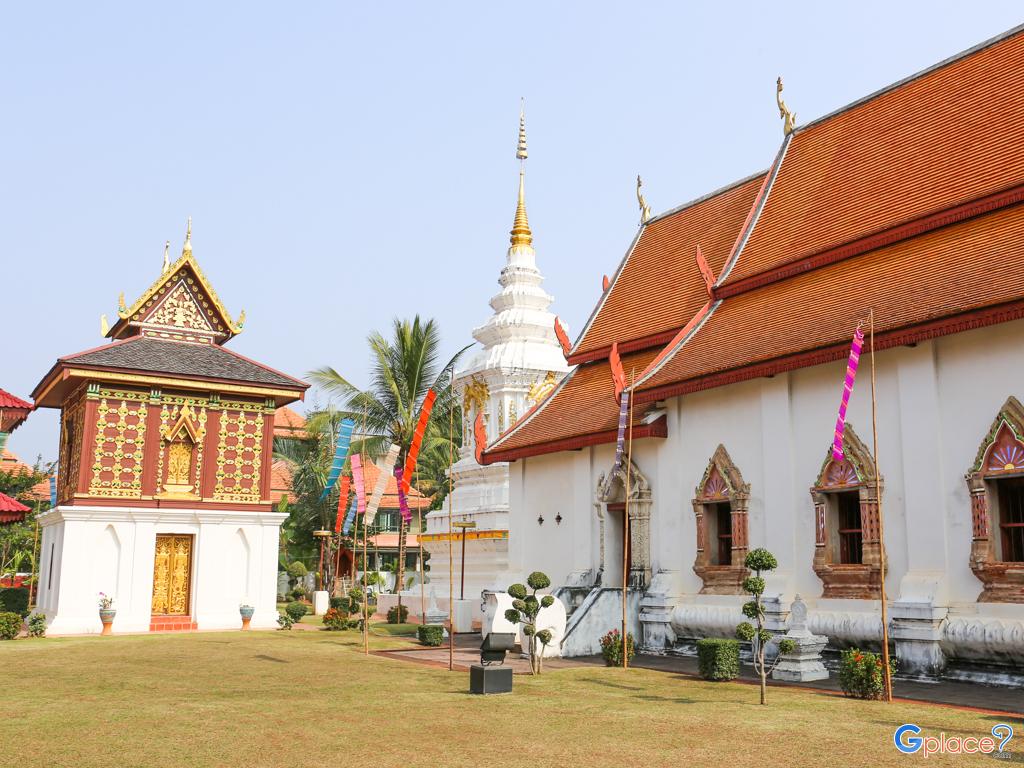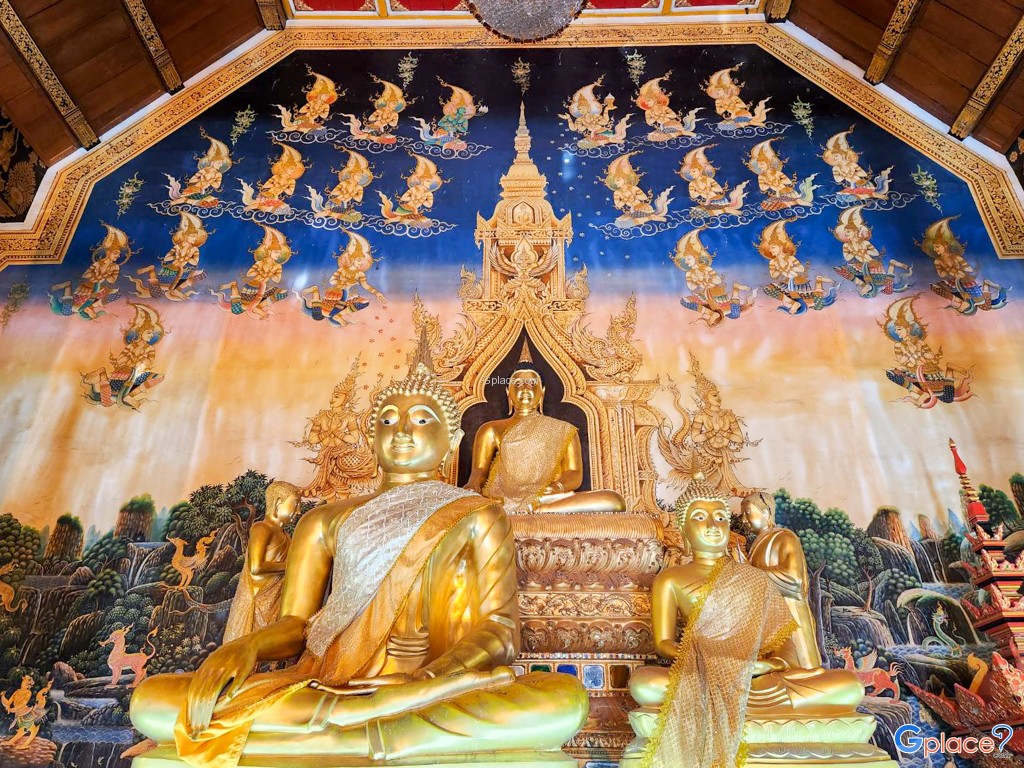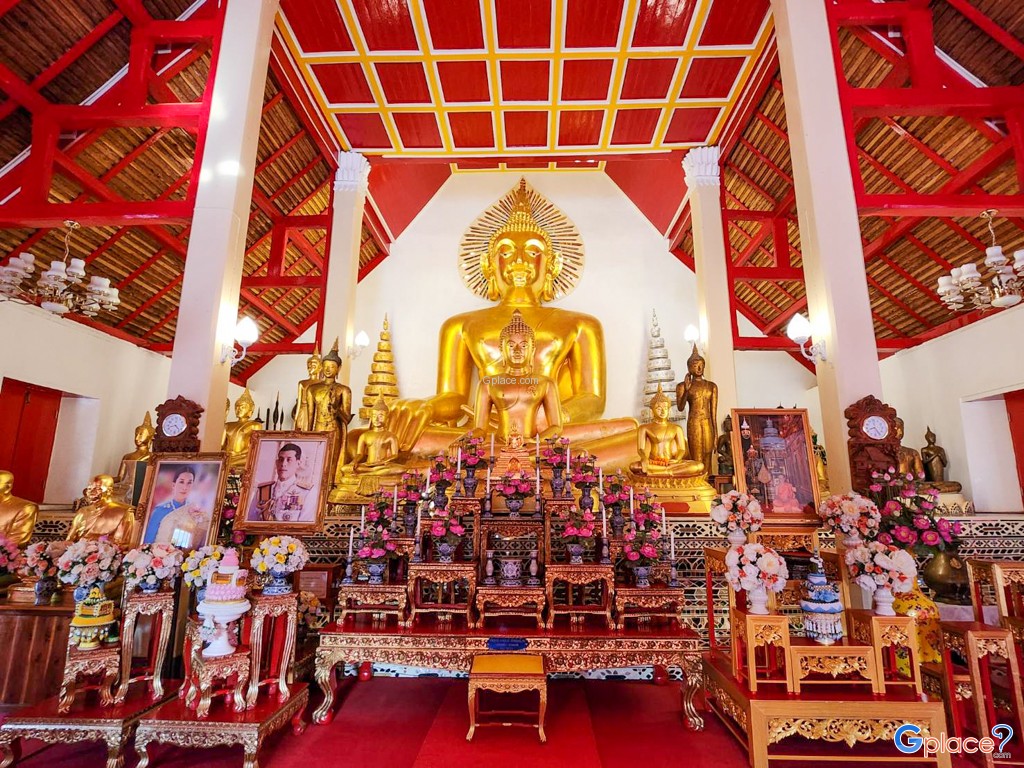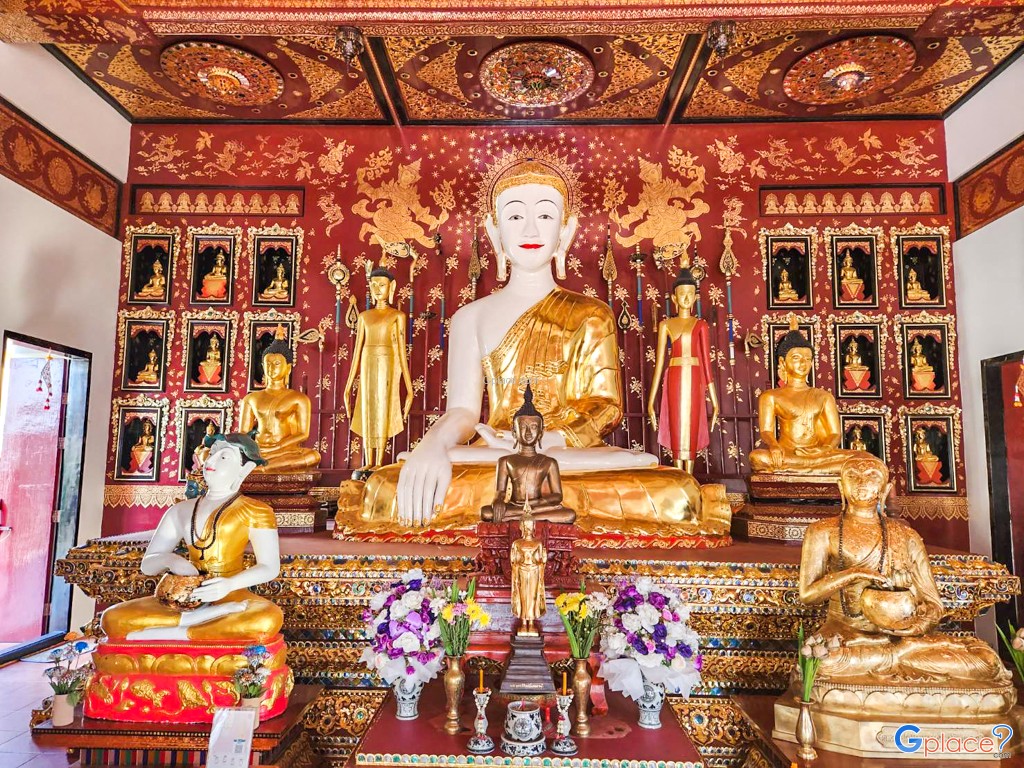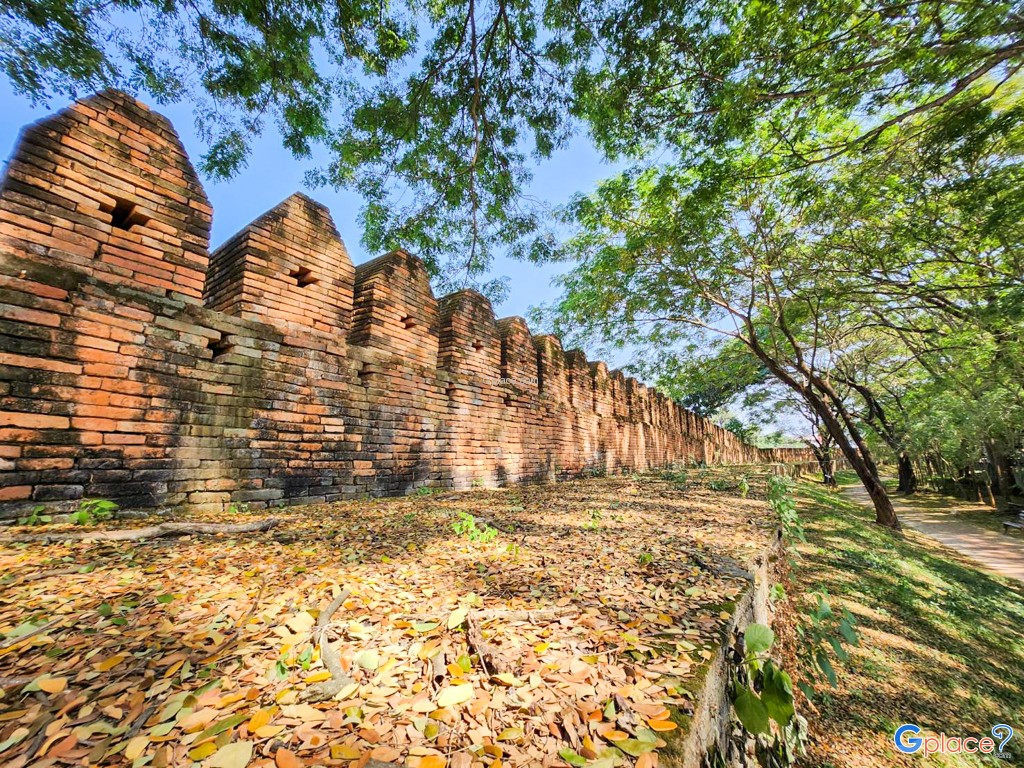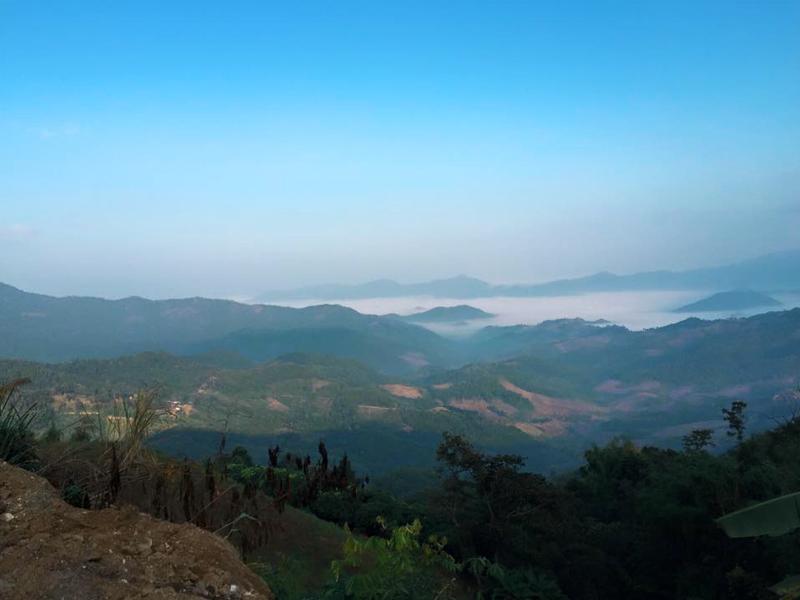“Wat Ming Muang features sacred Buddha statues and an ancient ordination hall in the Lanna style, offering visitors a chance to appreciate local craftsmanship and religious heritage. ”
Wat Ming Muang is located on Suriya Phong Road in the Mueang district of Nan and serves as an important religious and cultural center. The temple was built several centuries ago and still preserves the beauty of traditional Lanna architecture.
Within the temple complex are the ordination hall, the viharn (prayer hall), and significant Buddha statues, which are revered by the local community. The statues and ancient murals reflect the beliefs and daily life of the people of Nan over the centuries.
The surroundings of the temple are peaceful and shaded, making it ideal for meditation, prayer, and exploring Lanna-style architecture. Visitors can also admire the ancient murals and carved decorations in the ordination hall and viharn, which have retained their original beauty.
Wat Ming Muang is particularly suited for tourists, students, cultural researchers, photographers, and anyone interested in Lanna history and art. During religious festivals, the temple comes alive, providing an opportunity to experience local traditions and ceremonies up close.
Visitors are invited to enjoy the tranquility, beauty, and cultural value of Wat Ming Muang while exploring Lanna art and history that reflect Nan’s unique identity.
How to Get There
-
Easily accessible by car or taxi from the center of Nan.
-
Can be combined with visits to other temples or attractions in the city.
Travel Tips
-
Best visiting times for photography: morning or late afternoon.
-
Wear respectful and appropriate clothing for temple visits.
-
Bring water and comfortable shoes for exploring the temple grounds.
-
Ideal for discovering Lanna culture, art, and history.
-
Plan 1–2 hours to fully explore the temple and its surroundings.
Admission Fee:
-
Free
Opening Hours:
-
Daily 08:00–17:00


















